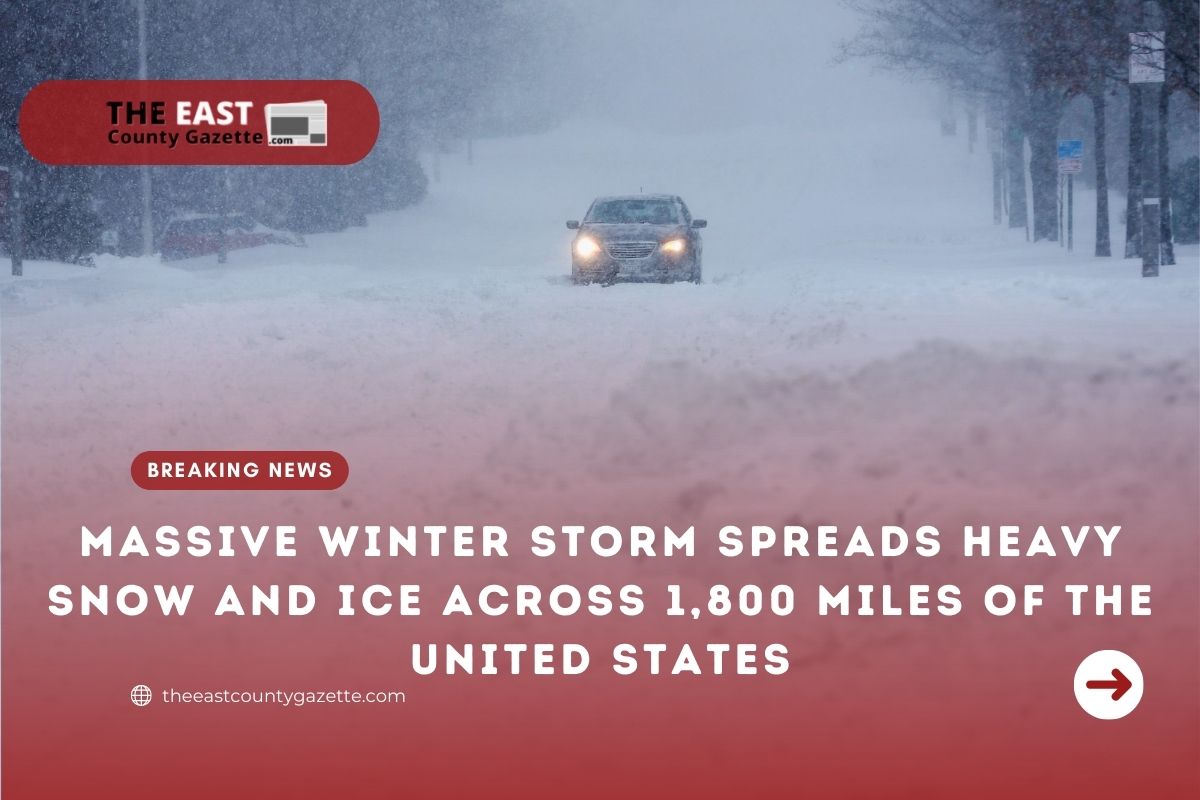The second major cross-country storm this week is moving snow and ice across parts of the southern Plains on Wednesday, after dumping heavy snow earlier in the week in California and the Southwest.
According to AccuWeather, the storm system is headed towards the northeastern United States. Several feet of snow is expected in some parts of New England and a wintry mix is expected to spread across the mid-Atlantic.
Parts of the central US could be hit hard by a major ice storm
As far east as central Texas, central and eastern Oklahoma, and central Arkansas, an ice storm began to develop Tuesday night and continued into Wednesday. Throughout parts of northeast Texas and southwest Illinois, winter storm warnings were in effect Thursday morning. On Wednesday night, the ice spread into northeastern Arkansas, southern Missouri, and northwestern Tennessee with temperatures in these areas in the 20s and lower 30s.
Peoria, Illinois; Fort Wayne, Indiana; Detroit, and Cleveland will see moderate to heavy snowfall, causing significant travel delays. A formidable winter storm is expected to hit the Northeast.
“Many areas in the Northeast got away with plain rain from the first storm of the week from Tuesday to Wednesday, but they will not be so lucky with the second storm of the week,” Rayno explained.
Read More: Black-owned Businesses Receives $10k Grants from Capital One
The storm could still produce enough ice from Thursday night through Friday. In some areas of Pennsylvania, West Virginia, northern Virginia, northern Maryland, northern New Jersey, southeastern New York, and along the southern coast of New England, enough freezing rain and sleet can occur to cause slippery road conditions. Due to the influx of moisture from the Gulf of Mexico and the Atlantic Ocean, most of upstate New York and much of central New England will receive more snow than the Central states.
The Interstate 95 zone between Washington, D.C., and Philadelphia is expected to experience sleet and snow Thursday evening, with temperatures no higher than the 30s. During the transition from Sunday afternoon to Sunday night, some areas may be affected by dangerous snow squalls.

